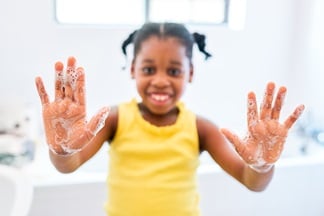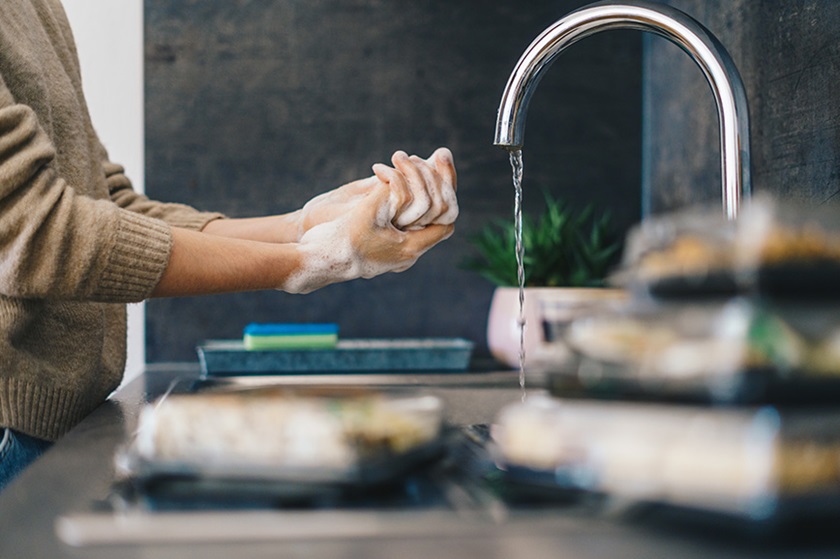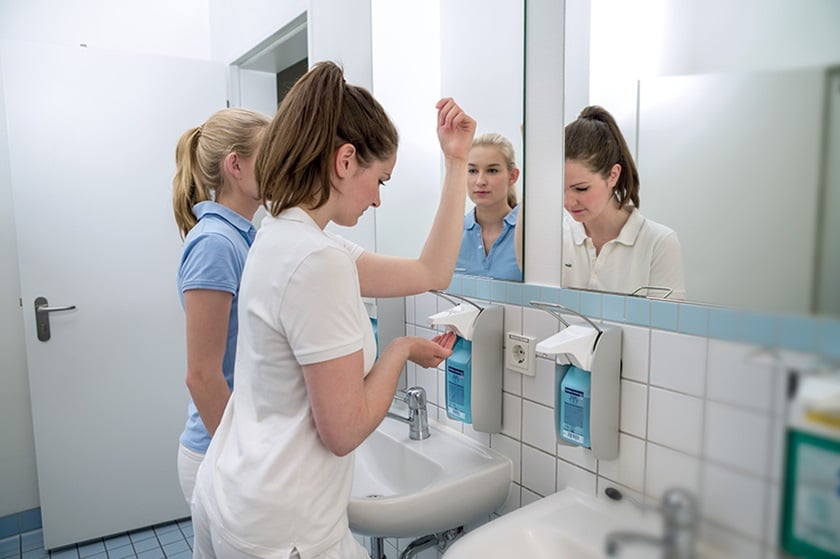Global Hand Washing Day on 15.10






"Hand washing is an integral part of everyday life in healthcare facilities."
Hand washing is enormously important in the healthcare sector and is an integral part of everyday working life in hospitals. For employees, it is clearly stated when they must wash their hands – namely always before the start of a shift and when their hands are visibly soiled. However, hand washing is only one aspect of hand hygiene in the healthcare sector. In many situations, hand disinfection is even more important. The so-called five moments of hand hygiene define exactly when hand disinfection must take place:


"It is important to raise awareness about hand hygiene again. After all, bacteria and viruses have not disappeared from our lives."
Yes. In addition to awareness and sensitization, concrete measures are also needed. The use of high-quality, skin-compatible hand disinfectants is one such measure. Anyone working in the healthcare sector and performing countless disinfections a day would naturally much rather do so with a product that is skin- compatible, than one that dries out the hands and causes skin irritations.
But there’s more. Contactless dispensers can have a positive effect on compliance too. If possible, these dispensers should be installed at the point of care – in other words, exactly where they are needed. This means being at a patient’s bedside and not at the door to the room. Gown or coat bottles can also be a good solution, as then employees always have hand disinfectant within reach.
“HWG“ mandatory texts, alternatively also in the website footer.
Use disinfectants with care.
Always read the label and product information before use.